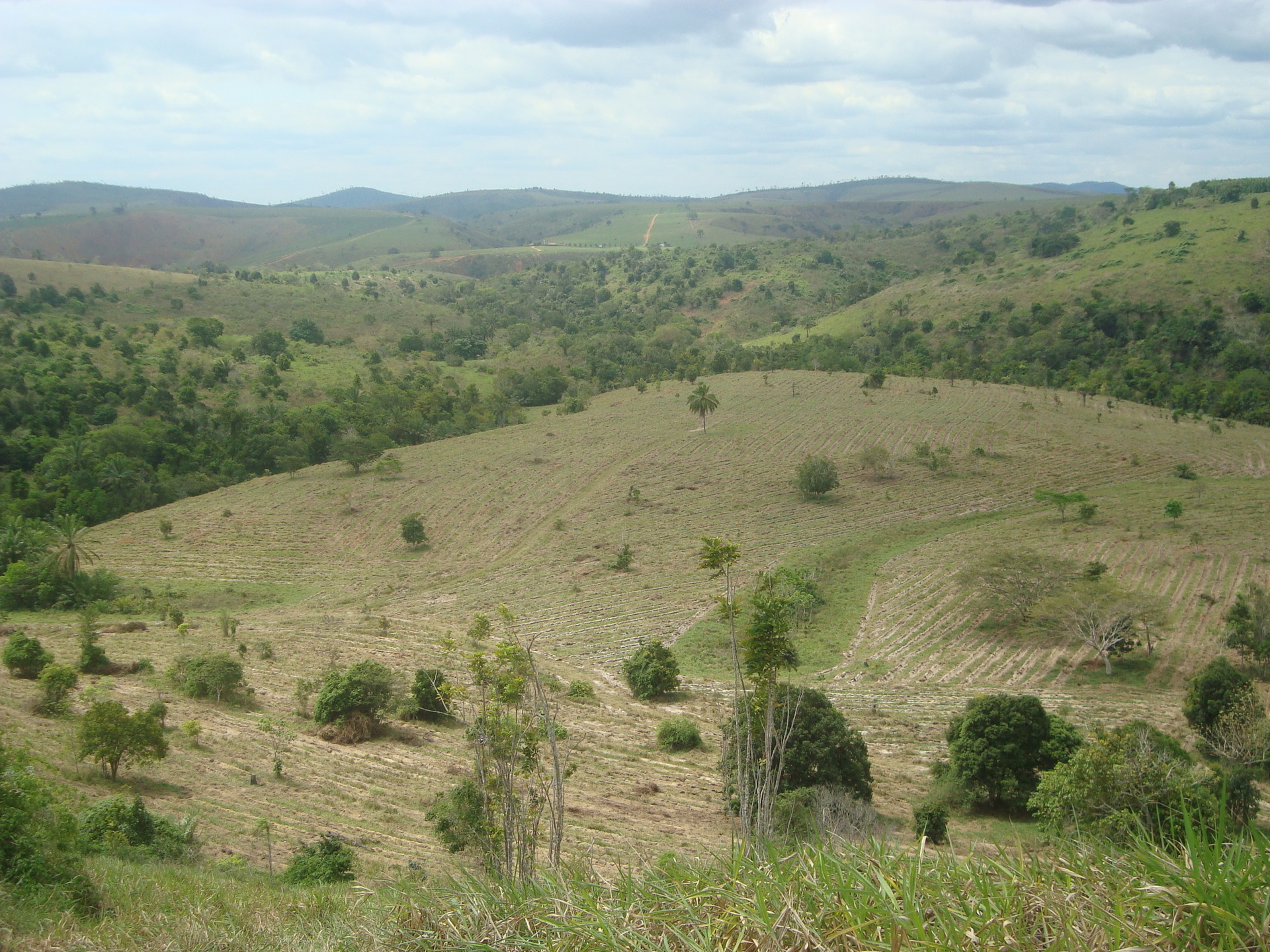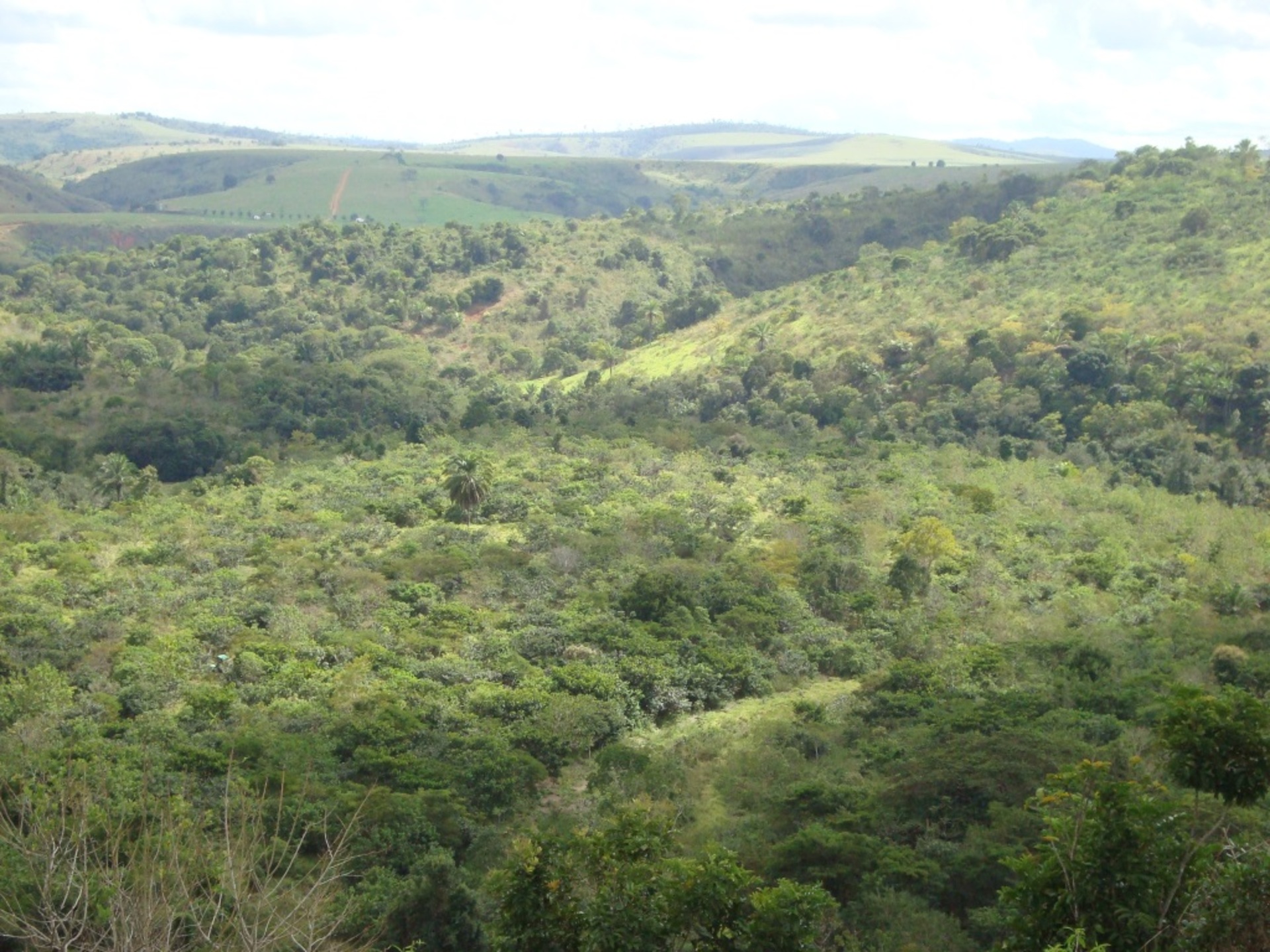A total of 364,000 hectares of land intended for conservation are interspersed in a mosaic system between eucalyptus forests. These are areas in which we operate through our native vegetation restoration program, with protection for High Conservation Value Areas (HCVAs), identified through the following characteristics: diversity of species, maintenance of threatened ecosystems, environmental services, and community needs and values.
These environments rich in wildlife and flora help protect the eucalyptus, the springs and biodiversity by providing a range of ecosystem services, such as carbon sequestration and storage, soil and water protection and nutrient cycling - services provided by both eucalyptus and native forests.
Until 2025, two of our Long-Term Goals are directly associated with these aspects and dealing with adversities caused by climate change:
Restore 40,000 hectares of our areas. In 2016, we incorporated and started the restoration process in more 2,808 hectares. Between 2012 and 2016, we totaled 22,524 hectares, which is 56% of the target.
Achieve a positive carbon balance of 11 million tons of CO2 equivalent between annual emissions and removal of greenhouse gases. Currently, Fibria records a carbon balance of 10.8 million. Through photosynthesis, forests are natural means of storing carbon dioxide and releasing oxygen into the atmosphere.


Read article in English “New generation plantations: towards sustainable intensification”, by Luis Neves Silva, from WWF International.
